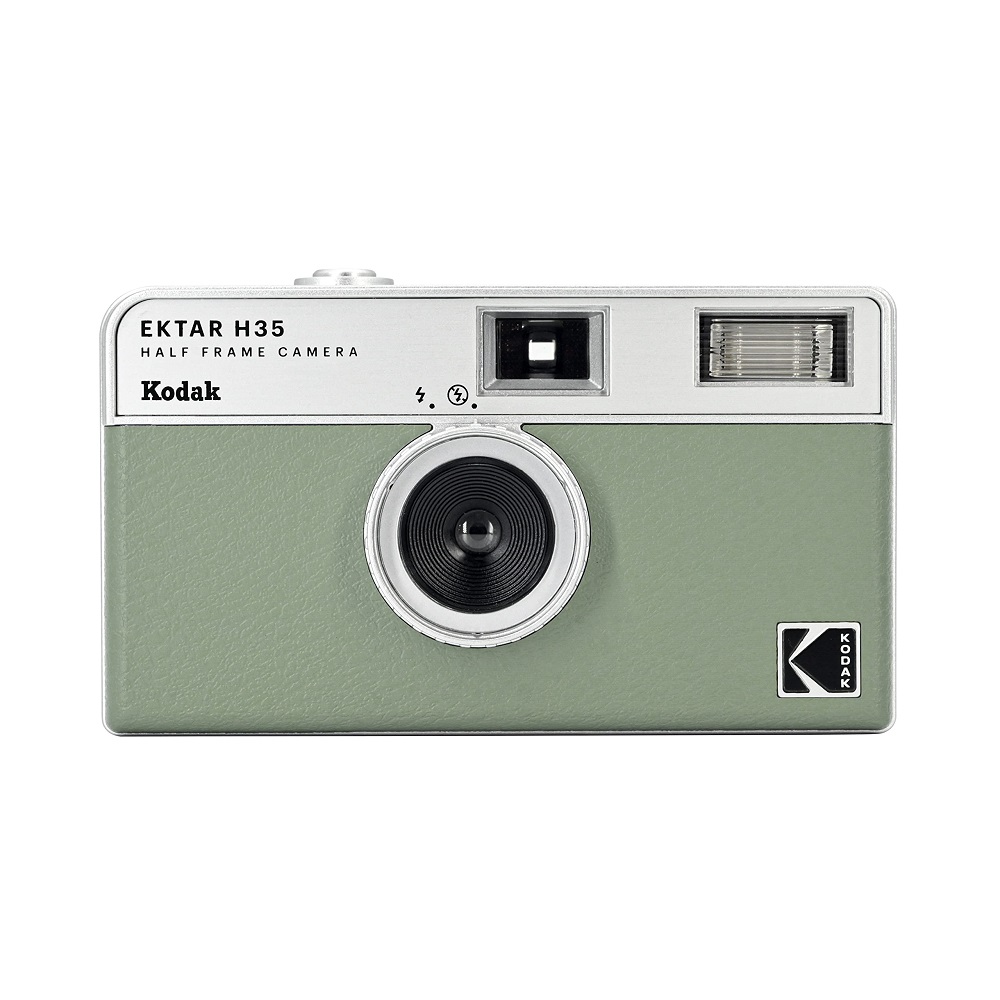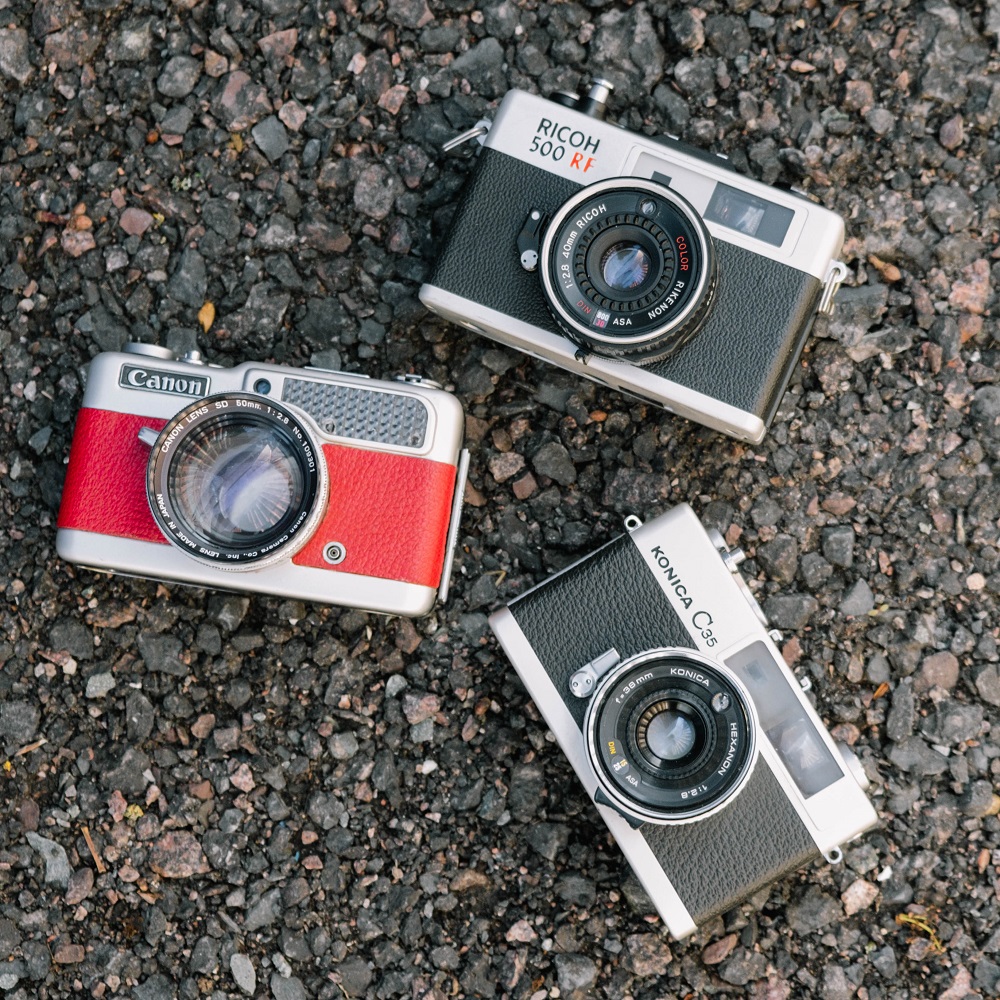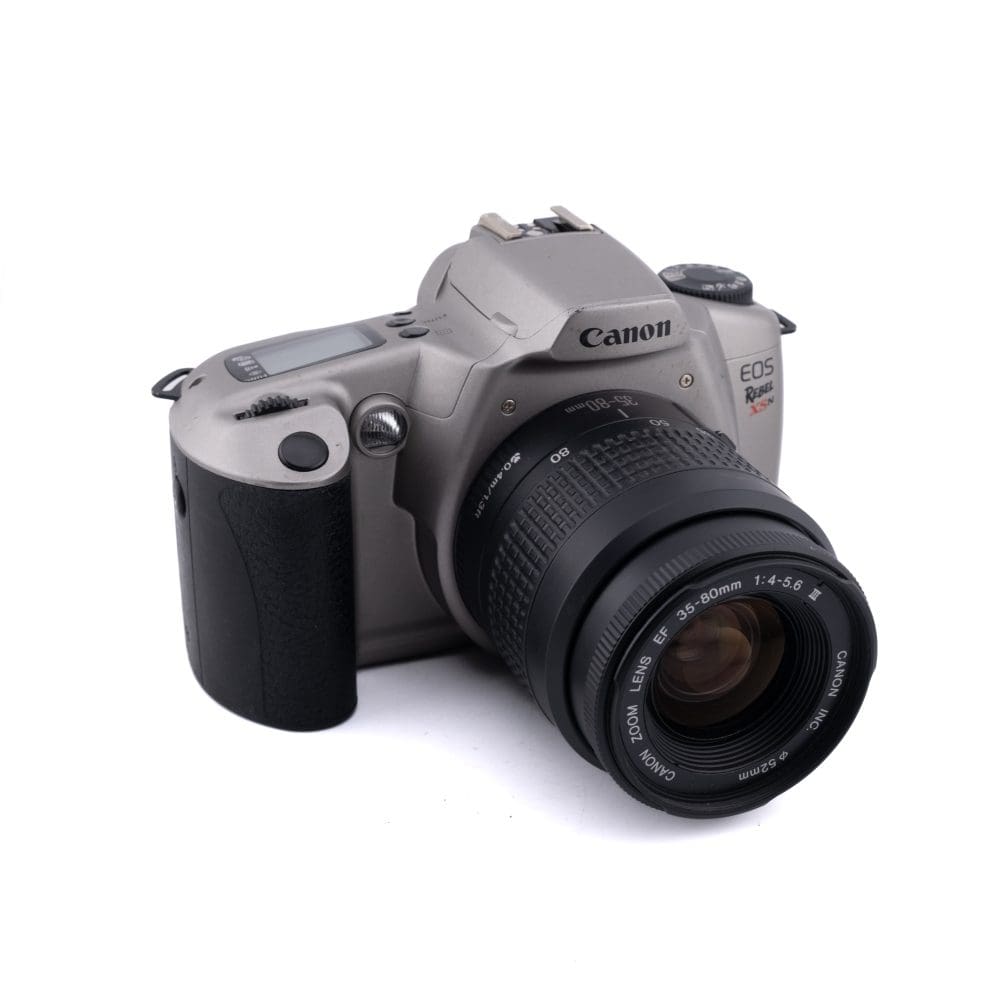Opening Your Camera
Opening your camera correctly is the first step in learning how to put film in a camera. It may seem daunting at first, but with a clear guide, it becomes an easy task. Make sure the camera is off and you are in a clean, well-lit environment to avoid any damage to the film or camera.
Identifying Parts Involved in Film Loading
Familiarize yourself with the three main parts essential for film loading: the rewind knob, the film chamber, and the take-up spool. The rewind knob is usually located on the top left-hand side of the camera. You might encounter slight resistance when lifting it, which is normal. This part primarily helps in rewinding the film back into its canister once you are done shooting.
The film chamber, where the film roll is housed, is on the left-hand side of the camera when you open the back. It is crucial not to touch sensitive areas of the camera such as the shutter curtain or the interior light seals around the chamber.
The take-up spool, usually on the opposite side of the film chamber, is where the film is fed to advance as you take pictures. It’s critical that the film attaches securely here to ensure it advances correctly with each shot you take.
Inserting Film into the Camera
Inserting film into your camera is a straightforward process. However, precise placement and handling will guarantee optimal function and prevent film waste.
Positioning the Film Roll Correctly
First, locate the film chamber typically to the left side when you open the camera back. Here are the steps to ensure that the film roll is positioned correctly:
- Align the film: Position the film cartridge so that the film leader (the narrow tip of the film) faces towards the take-up spool on the opposite side of the chamber.
- Seat the film: Insert the film into the chamber. You may need to press down slightly on the rewind knob to secure the film cartridge.
- Check alignment: Ensure that the film cartridge sits perfectly flat and is not tilted in the chamber. This ensures even movement of the film across the camera mechanisms.
Attaching Film to the Take-Up Spool
Securing the film to the take-up spool is critical for the film to advance correctly after each shot. Follow these steps to attach the film:
- Pull the leader across: Carefully pull the film leader across the camera to the take-up spool. Avoid touching the surface of the film as much as possible.
- Insert the leader: Find the slot in the take-up spool and insert the end of the film leader into it. Some cameras have a small slit specifically designed for this purpose.
- Ensure secure attachment: Once inserted, gently tug on the film to make sure it’s secure and won’t slip during operation.
- Wind the knob: Turn the rewind knob a bit to ensure that the film is tight and properly engaged with the take-up spool.
By properly positioning the film roll and securely attaching it to the take-up spool, you are set to move forward and close the camera, ensuring the film is correctly loaded and ready for the next steps.

Closing the Camera
Once the film roll has been properly inserted, it’s time to safely close the camera’s back. This step is crucial to prevent light from exposing and potentially ruining the film. Follow the steps below to close your camera without any trouble.
Ensuring the Film is Properly Loaded
Before you shut the back of the camera, it’s essential to double-check a few items:
- Verify film alignment: Confirm that the film aligns with the spool and sprocket holes properly.
- Tighten the film: Use the rewind knob to eliminate any slack. This keeps the film tense.
- Close gently but firmly: Press the camera’s back cover into place until you hear it click or snap.
- Advance the film: After closing, wind the film advance lever to ensure the film moves as expected.
- Observe the rewind knob: As you wind, the rewind knob should rotate, indicating film engagement.
- Check for exposure counters: Look for the counter moving from ‘S’ or ‘0’ to ‘1’ to verify proper loading.
By making sure your film is properly loaded and your camera closed securely, you’ll protect the film from light and be ready to start your photography adventure. Remember, be gentle yet precise to avoid any film damage.
Setting Film Speed and Exposure
To achieve the right exposure for your photos, it’s important to set the film speed and control the amount of light that reaches the film. This involves adjusting the ISO, shutter speed, and aperture.
Adjusting ISO and Shutter Speed
Start by determining the required ISO setting, which depends on your film and lighting conditions. Lift the ISO speed ring on your camera and set it to the ISO number of your film. Ensure that you’re doing this gently. For shutter speed, find the dial typically located at the top of the camera and twist it to your desired speed. The higher the number, the faster the shutter closes, which reduces exposure time and is essential for capturing fast-moving subjects or bright conditions.
Setting the Aperture for Correct Exposure
Aperture adjusts the size of the lens opening, controlling the volume of light. Locate the aperture ring, usually near the lens, and turn it. A higher number means a smaller opening and less light. Remember, large apertures (smaller f-numbers) create a shallow depth of field, while small apertures (larger f-numbers) provide a deep field of focus. Adjust until the appropriate number aligns with a marker, usually a line or dot, on your camera.

Taking the First Photos
After loading the film, you’re ready to capture your first images. This step is vital to confirm that the film is advancing correctly through the camera.
Advancing and Testing Film
Before you start shooting your subjects, it’s crucial to advance and test the film. Here’s how to do it:
- Wind the Lever: Use the film advance lever to move the film forward. This prepares the frame for capturing a photo.
- Snap Test Shots: Take at least two blank shots. These initial photos are often overexposed due to loading but are necessary to get to the unexposed frames.
- Watch the Rewind Knob: Observe the rewind knob as it should rotate when you wind the film. This indicates that the film is advancing properly.
- Check the Counter: Monitor the exposure counter; it should transition from ‘0’ to ‘1’ signaling that you’re on the first frame.
By advancing the film and taking test shots, you ensure that you’ll capture your moments on fresh, unexposed film. Once you’re at frame number one, you’re all set to start photographing your scenes.
Maintaining the Correct Film Tension
Maintaining correct tension in the film is vital for crisp, clear photos. Here is how to ensure just that.
Using the Rewind Knob to Adjust Slack
If you notice any slack in your film, the rewind knob is your go-to tool. Gently turn the rewind knob to take up any excess slack in the film. This adjustment helps keep the film tight against the camera’s film plane. It prevents the film from loosely hanging which can cause uneven exposure and blurring. Always check for slack after closing the camera and before taking your first photo.
By following these steps, you ensure that your film is taut and evenly aligned, ready for taking perfect shots. Remember to handle the rewind knob with care to avoid tearing or damaging the film.
Using the Built-In Meter
After loading and securing your film, you’ll want to master using your camera’s built-in meter for well-exposed photographs. A properly exposed picture has the right balance of light and dark, and the built-in meter in your camera is there to guide you.
Achieving Proper Exposure Settings
Achieving the right exposure requires a dance between your camera’s shutter speed, aperture, and the ISO film speed. Here’s how to achieve proper exposure settings:
- Activate the Meter: Lightly press the shutter button to turn on the meter.
- Check for Indicator Lights: Look for the green o LED light; it signals correct exposure.
- Adjust Shutter Speed or Aperture: If you see a red + LED, your photo is too bright. Use a higher shutter speed or smaller aperture. A red ? LED means it’s too dark, so lower the shutter or enlarge the aperture.
- Balance the Lights: Keep adjusting until only the green light shows. This means you have balanced the light entering the camera.
- Confirm Settings: Recheck the lights after every adjustment to be sure.
By using the built-in meter correctly, you set the stage for stunning photos that come alive with proper lighting and detail. Always remember to use the meter as a guide for achieving that perfect shot.

Utilizing the Self-Timer
Capturing group photos or self-portraits is simple with your camera’s self-timer.
Setting and Operating the Timer
To use the self-timer for taking a photo, follow these steps:
- Find the Self-Timer Lever: Look for a lever or button marked with a timer symbol.
- Set the Timer: Press or slide the self-timer lever until it stops. This usually sets a 10-second delay.
- Position Your Camera: Make sure your camera is steady. Use a tripod or flat surface.
- Ready the Shot: Frame your scene and focus on the subject before activating the timer.
- Start the Timer: Press the shutter button completely. This will begin the countdown.
- Wait for the Click: The camera will take the photo after the set time passes. Stay still until it clicks.
- Check the Result: After the shot, check your photo to make sure it turned out as expected.
The self-timer feature is perfect for when you need to join the photo or want to avoid camera shake from pressing the shutter. By following these simple steps on how to put film in a camera and utilize its functions, you’ll be taking memorable photos in no time.
Rewinding and Removing the Film
When you’ve reached the end of your roll, it’s time to rewind and remove the film. It’s a critical step to protect your captures and prepare the film for development.
Safely Retracting the Film into the Canister
To safely retract the film into its canister, follow these precise steps:
- Press the Release Button: Find the film release button, usually at the bottom of your camera, and press it. This will unlock the film from its advancing mechanism.
- Engage the Rewind Crank: Extend the rewind crank, which is typically located at the top left of the camera. Turn it in the direction of the arrow indicated on the crank.
- Rewind the Film: Rotate the rewind crank gently but steadily until you feel no tension. This indicates that the film is fully rewound into the canister.
- Open the Camera Back: Lift the rewind knob to release the camera back and expose the film canister.
- Remove the Film: Carefully lift out the film canister, avoiding direct sunlight or bright light sources to protect the film.
By gently following these steps on how to put film in a camera and safely retract it for development, your precious photographs are well on their way to being lasting memories. Always handle the film and your camera delicately to ensure the best results.
